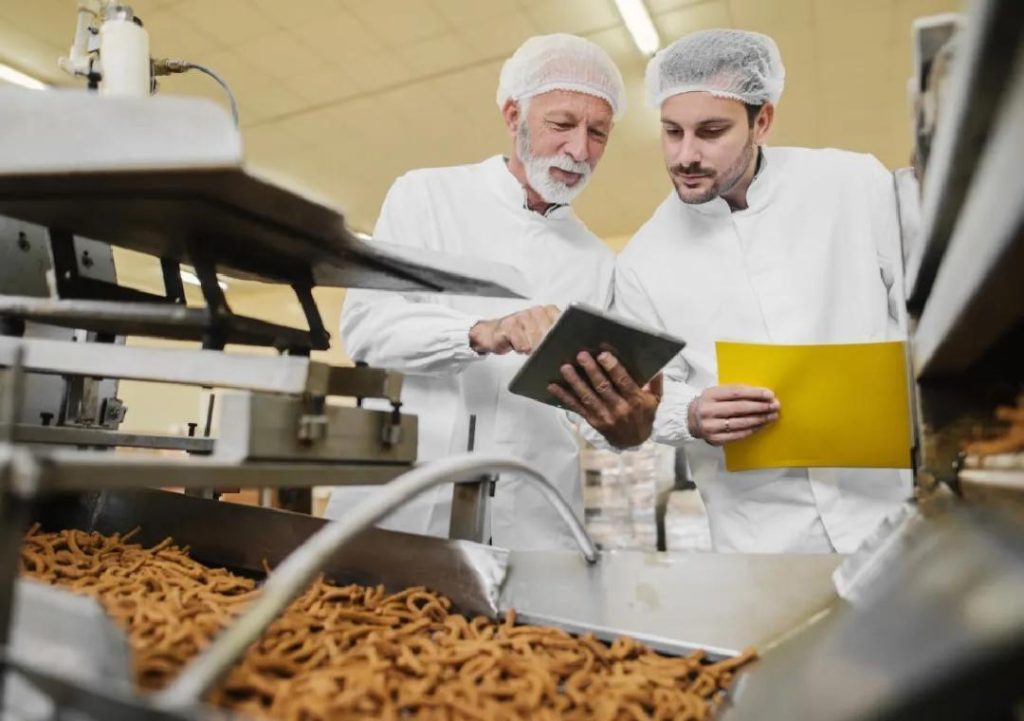
Can P&L Optimisation Redefine Success in Food Technology?
The food technology industry is under constant pressure to innovate, adapt to changing consumer preferences, and maintain profitability. One key strategy for achieving success is through profit and loss (P&L) optimisation. By streamlining P&L operations using automation, smart inventory systems, and data analytics, food technology companies can cut waste, sharpen demand forecasting, and support better decision-making.
In today’s competitive market, food technology businesses need to be agile, efficient, and adaptable to stay ahead of the curve. P&L optimisation is critical to achieving these goals, as it enables companies to make data-driven decisions, reduce costs, and increase revenue.
The Challenges of P&L Optimisation in Food Technology
The food technology industry is notoriously complex, with multiple stakeholders, varying production cycles, and fluctuating demand. This complexity makes it challenging to accurately forecast demand, manage inventory, and optimise P&L operations. Traditional methods of P&L management, such as manual data entry and spreadsheets, are often inadequate for handling the volume and variety of data generated by food technology companies.
Furthermore, the industry is subject to seasonal fluctuations, supply chain disruptions, and changing consumer preferences, which can have a significant impact on profitability. For example, a sudden change in consumer preferences for plant-based products can lead to a surge in demand for vegan-friendly ingredients, requiring food technology companies to rapidly adjust their production and inventory levels.
The Benefits of P&L Optimisation in Food Technology
So, how can food technology companies overcome these challenges and achieve P&L optimisation? The answer lies in embracing automation, smart inventory systems, and data analytics.
By automating P&L operations, food technology companies can:
- Reduce manual errors and increase data accuracy
- Improve forecasting and demand planning
- Optimize inventory levels and reduce waste
- Streamline production planning and scheduling
- Enhance visibility and control over P&L operations
Smart inventory systems can help food technology companies:
- Monitor inventory levels in real-time
- Identify and mitigate stockouts and overstocking
- Optimise inventory planning and replenishment
- Reduce waste and improve supply chain efficiency
Data analytics can help food technology companies:
- Identify trends and patterns in consumer behavior
- Analyze market data and competitor activity
- Forecast demand and optimize production planning
- Monitor performance and identify areas for improvement
Scalable Models for P&L Optimisation in Food Technology
Food technology companies can achieve P&L optimisation by adopting scalable models that support growth and adaptability. These models include:
- Cloud-based accounting and inventory management systems
- Automated data analytics and reporting tools
- Real-time monitoring and control systems
- Modular and flexible production planning systems
By adopting these scalable models, food technology companies can:
- Reduce costs and improve efficiency
- Increase revenue and profitability
- Enhance visibility and control over P&L operations
- Stay competitive in a rapidly changing market
Conclusion
P&L optimisation is critical to the success of food technology companies. By streamlining P&L operations, automating data entry, and adopting smart inventory systems and data analytics, food technology companies can reduce waste, sharpen demand forecasting, and support better decision-making.
As the industry continues to evolve, food technology companies must adapt to changing consumer preferences, fluctuating demand, and supply chain disruptions. By adopting scalable models for P&L optimisation, food technology companies can ensure sustainable growth, stay competitive, and redefine success in the industry.
Source:
https://www.growthjockey.com/blogs/p-and-l-operations-in-food-tech






